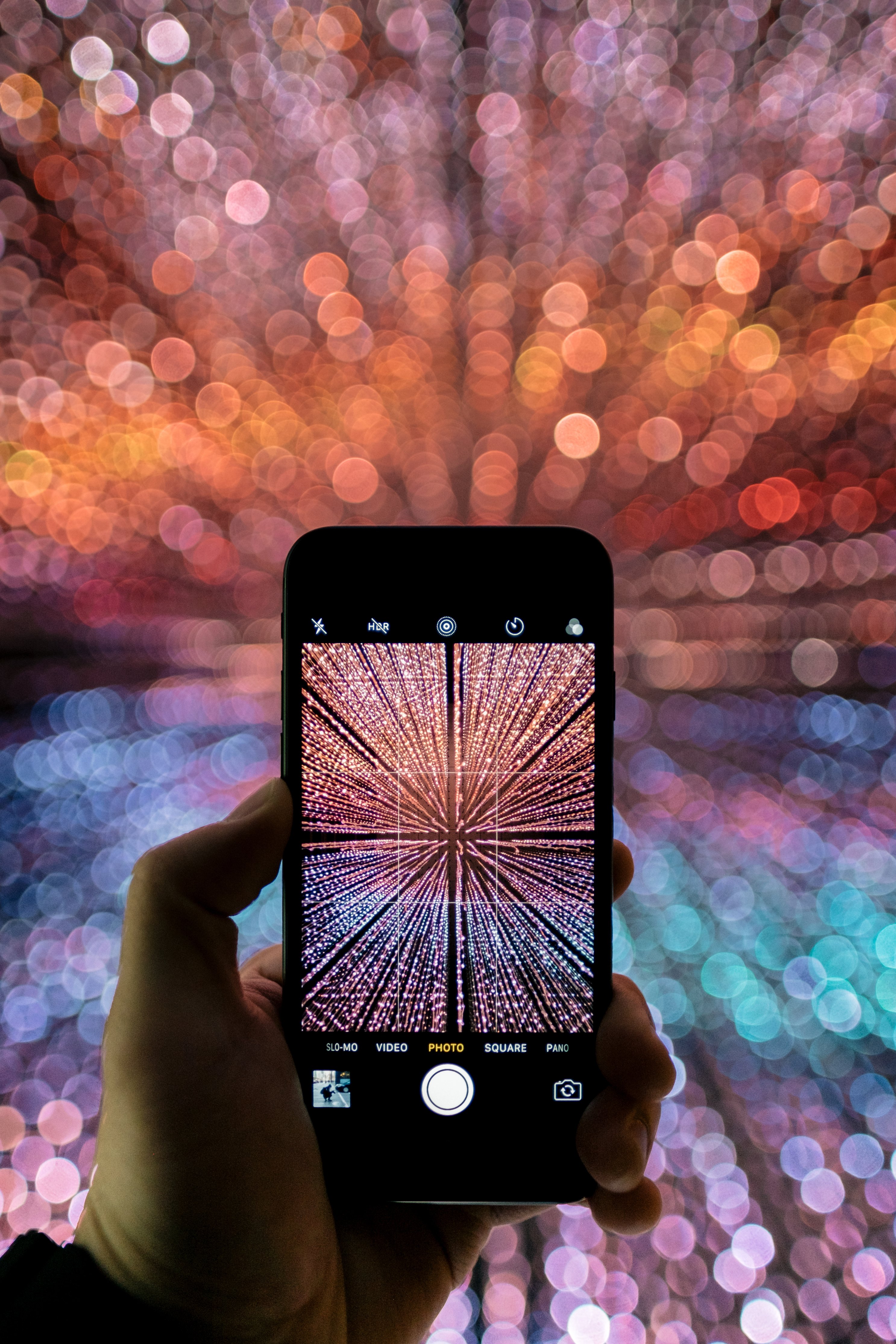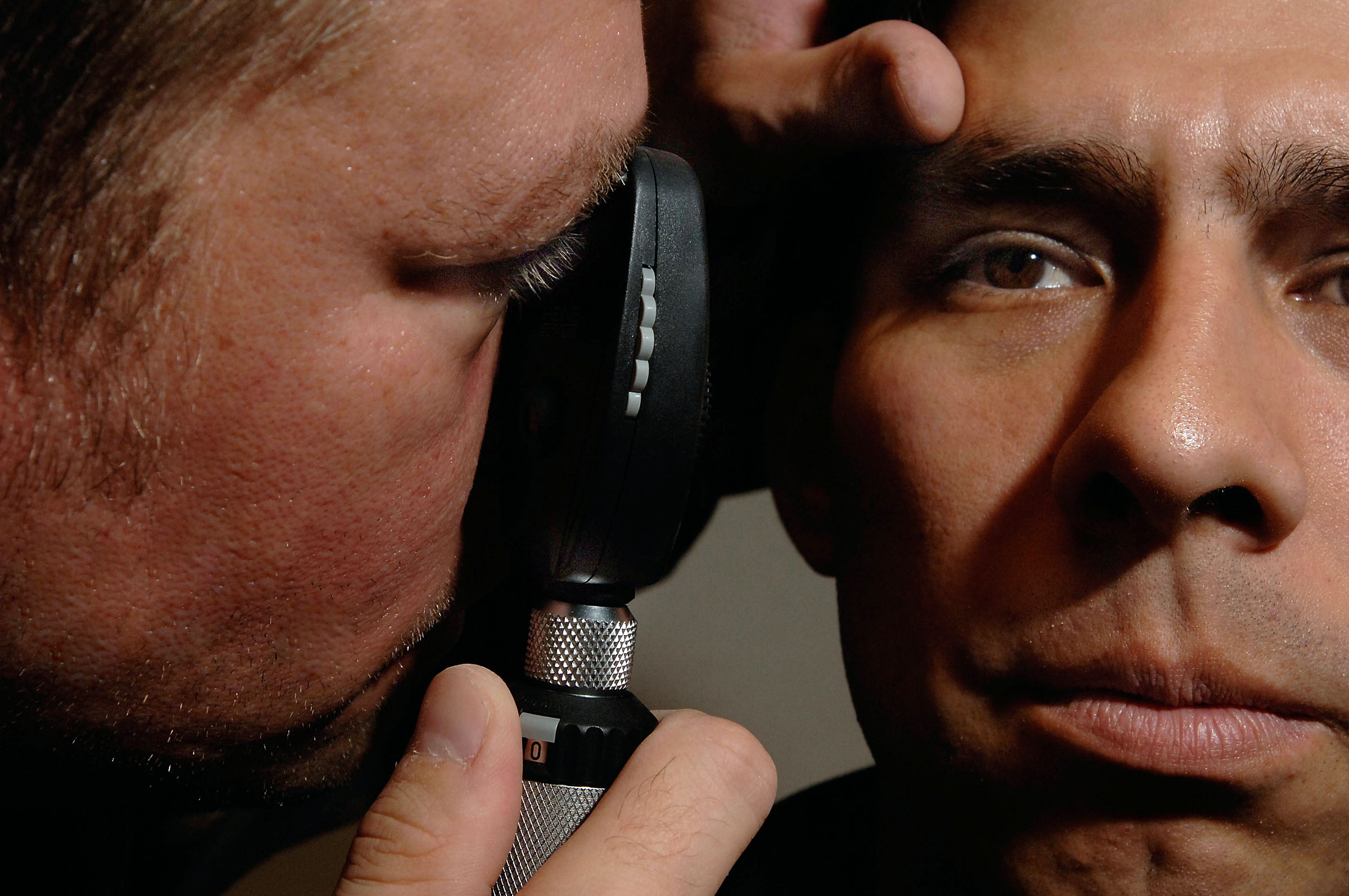WHAT CAUSES EYE FATIGUE?
and why is it so common?
How does it occur?
Eye Fatigue occurs when your eyes get tired from intense use.
What is the most common cause of eye fatigue?
Looking at digital device screens.

Save Your Eyes
By wearing blue light blocking glasses, your eye fatigue with decrease!
Prevention
As long as you use computer glasses and sit far enough away from the computer, eye fatigue will not be a problem.
Why is it so BAD?
Even though there are many different ways to decrease eye fatigue, computer glasses work the best as they block out most of the blue light coming from the screen.
Digital devices and modern lighting - such as LED lights and compact fluorescent lamps (CFLs)- emit a high level of HEV blue light. Blue light is what causes eye fatigue to occur.
By 2020, 90% of all our light sources are estimated to be LED lighting. Our exposure to blue light is increasing, causing even more eye fatigue.
Wear BenTyler Eyes Glasses
High quality HEV blue light blocking lenses help protect your photoreceptors as well as reducing eye fatigue while staring at a digital display. The reduction in glare and blue light makes looking at screens much more comfortable and enjoyable - while keeping you healthier.
No longer have eye fatigue
- The number one rule is to always wear blue light blocking glasses.
- Sit about arm's length from the computer screen.
- Take regular breaks every 20 minutes, and shift your eyes to look at an object at least 20 feet away for at least 20 seconds.
- When your eyes feel dry, use eye drops to refresh them.
- Adjust your room lighting and try increasing the contrast on your screen to reduce eye strain.
- If you wear contact lenses, give your eyes a break by wearing glasses.
The evidence
There is evidence to suggest that digital devices can increase eye fatigue for those that use them for extended periods of time and can have impact on sleep patterns. On the other hand, there is currently no evidence to suggest that visible blue light has any effect on the development of eye conditions such as age-related macular degeneration (AMD) or glaucoma. Coatings that filter visible blue light may improve visual comfort for some patients, or help mitigate the impact of visible blue light on sleep.
The research
Studies of the effects of visible blue light irradiation on the retinas of rats and rhesus monkeys have happened. The length of exposure to visible blue light in these studies far exceeded the natural screen light humans obtain. Due to obvious ethical issues, no studies have happened on humans. Yet, many eye symptoms like eye fatigue will lessen after you stop using the computer, as they are not diseases.
From reviewing available evidence, we conclude that there is insufficient evidence to support the contention that visible blue light exposure from digital devices leads to ocular pathology and damage to eye health, but they do lead to short-term symptoms such as eye fatigue or eye strain. More studies need to occur to confirm the effect on human eyes.
Screen use and sleep patterns
There is some proof that the use of digital devices in the evening, may affect the circadian sleep cycle. This may be because blue light has to do with suppression of the hormone melatonin which makes us feel sleepy. Digital devices should vary the light spectrum wavelengths they emit across the day to fit our sleep patterns. There is a range of other factors also linked to disrupted sleep patterns.
Excessive time spent in using near vision, for example, reading, is sometimes associated with eye fatigue and headaches.
